Normal or inconsistent MSLT results should not rule out this debilitating disorder
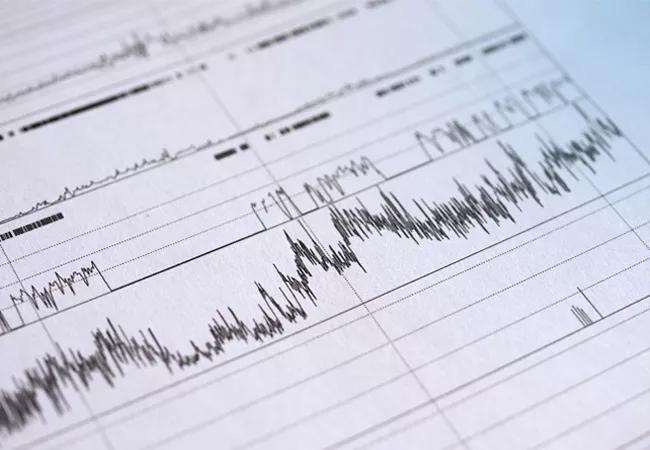
While the multiple sleep latency test (MSLT) ― an objective measure of daytime sleep propensity ― is the gold standard for diagnosing narcolepsy type 1, its use for assessing noncataplectic central disorders of hypersomnolence is not established. Yet it is the test most often turned to for patients suspected of having these debilitating conditions. Some 30% to 40% of idiopathic hypersomnia sufferers have normal MSLT results, which often leads to them being told their sleepiness is not due to a sleep disorder.
Cleveland Clinic is a non-profit academic medical center. Advertising on our site helps support our mission. We do not endorse non-Cleveland Clinic products or services. Policy
“We see patients with severe hypersomnolence who have undergone multiple fruitless MSLTs and have been told their problem is psychological or due to medications or another medical disorder,” says Nancy Foldvary-Schaefer, DO, MS, Director of the Sleep Disorders Center at Cleveland Clinic. “They have been sent away with nowhere to turn. The central role of the MSLT in diagnosis has led to inadequate patient care and stifled the search for more accurate diagnostic strategies.”
Dr. Foldvary-Schaefer has been speaking at medical meetings to raise awareness of the shortcomings of the MSLT for idiopathic hypersomnia and to make the case for wider U.S. acceptance of alternate diagnostic modalities, including an extended polysomnography protocol, for select patients. Her message sometimes includes a case study, which is recapped below after a brief backgrounder on idiopathic hypersomnia.
The International Classification of Sleep Disorders – Third Edition defines hypersomnia as the need for at least 10 hours of sleep over a 24-hour day, with at least nine of those hours occurring at night. Hypersomnia is determined to be idiopathic if it cannot be associated with a medical condition, medications, insufficient sleep or a psychiatric disorder and if narcolepsy has been excluded.
The clinical description can obscure the severity of disability endured by patients, many of whom first experience the condition in adolescence or young adulthood. Patients may sleep deeply for 10 to 15 hours each night in addition to taking long naps, but they still feel unrefreshed and overly tired during the day. Many describe confusion upon waking and “sleep drunkenness,” a brain fog that is hard to shake off. Cognitive impairment is common, as is difficulty in functioning in a job, attending school and engaging in social activities.
In 2021, lower-sodium oxybate became the first FDA-approved treatment for idiopathic hypersomnia.
A woman in her late 20s presented to Cleveland Clinic’s Sleep Disorders Center reporting excessive daytime sleepiness and sleep inertia, rare sleep-related hallucinations and brain fog. Her past medical history included hypothyroidism and a single seizure in childhood. She was taking levothyroxine.
Three times previously she had undergone polysomnography (PSG) followed by MSLT, starting when she was a young teenager. Results varied and were not consistent with a diagnosis of hypersomnia. Her time to fall asleep on the MSLT ranged from 13 to 17 minutes ― significantly longer than the 8-minute or less criterion for idiopathic hypersomnia ― although she reported that the testing environment made her anxious. Sleep-onset rapid eye movement (REM) periods (SOREMPs), an indicator of narcolepsy, were not detected on any of her tests. During the most recent evaluation, actigraphy testing indicated an average sleep duration of 8.7 hours and appropriate circadian rhythm, arguing against delayed sleep phase disorder, a circadian rhythm disorder that can be confused with CNS disorders of hypersomnolence.
At the patient’s current presentation at Cleveland Clinic, it was recommended that she undergo a 32-hour PSG bed-rest protocol to further evaluate for idiopathic hypersomnia.
The extended PSG protocol was developed by sleep disorder researchers in France to identify hypersomnia (Ann Neurol. 2018;83[2]:235-247). The 32-hour bed-rest study is conducted while the patient is off alerting medications for at least two weeks. During the test, the patient is invited to sleep ad libitum in a sleep room with dim light without external influences and with limited caregiver interactions. Unlike during the MSLT, the patient is not awakened from naps. Hypersomnia is defined as a total sleep time of at least 19 hours.
Although the test is routinely performed in France and other European countries, adoption has not occurred in the U.S. and reimbursement for tests other than the MSLT has not been established.
The extended PSG study started at 11 p.m. on a Wednesday and ended the following Friday at 7 a.m., with a total recording time of 32 hours. The patient’s total sleep time was 19.25 hours, exceeding the threshold of 19 hours, supporting the diagnosis of idiopathic hypersomnia based on published criteria.
The patient was also noted to have primary snoring. The overall apnea-hypopnea index was within normal limits and significant oxygen desaturations did not occur.
The patient was started on lower-sodium oxybate. After several months on the medication, she has shown much improvement in social and work functioning. A close family member noted that the change in her has been “remarkable.”
This case highlights several important points, according to Dr. Foldvary-Schaefer.
1. The centrality of the MSLT for diagnosing sleep disorders is called into question. The MSLT’s diagnostic value has not been established for conditions other than narcolepsy type 1. The current reliance on it may inhibit a better understanding of other sleep disorders and their neurobiological causes. For instance, wrist actigraphy and the Psychomotor Vigilance Test show promise in helping diagnose idiopathic hypersomnia.
2. Clinical features should be given a more prominent role in diagnosis. “I typically talk with new patients for about an hour to really understand their condition,” Dr. Foldvary-Schaefer says. The phenotype of idiopathic hypersomnia includes “an almost endless need to sleep without feeling rested,” she explains. Unlike narcolepsy type 1, it does not involve cataplexy and falling asleep abruptly during the day. Moreover, idiopathic hypersomnia has fewer than two SOREMPs on PSG/MSLT, and CSF hypocretin-1 (when deficient, a marker of narcolepsy) is normal.
3. Extended PSG, a validated test for idiopathic hypersomnia, should be considered for select patients. Dr. Foldvary-Schaefer acknowledges that many obstacles will need to be overcome before extended PSG becomes widely used. She notes that although she has conducted this test at Cleveland Clinic in select cases, this is not something that colleagues at most other institutions are able to do at present. She anticipates that acceptance of this test will be a long process, requiring generation of more data in the U.S. and negotiation with payers.
4. Effective treatment is available now for idiopathic hypersomnia. “The fact that an FDA-approved medication can be offered to patients makes identification of this condition especially important,” Dr. Foldvary-Schaefer notes.
She adds that a phase 3 clinical trial assessing pitolisant ― an FDA-approved medication for narcolepsy ― for use in idiopathic hypersomnia was recently completed (NCT05156047) and that the drug is awaiting review for this indication by the FDA. Cleveland Clinic participated in the trial.
Dr. Foldvary-Schaefer is also leading research in characterizing sleep test and actigraphy results with the help of a large dataset and machine learning to better define complex sleep disorders and identify biomarkers. “Detecting key features is a critical step in better diagnosis and understanding the underlying pathology for treatment targets,” she concludes.
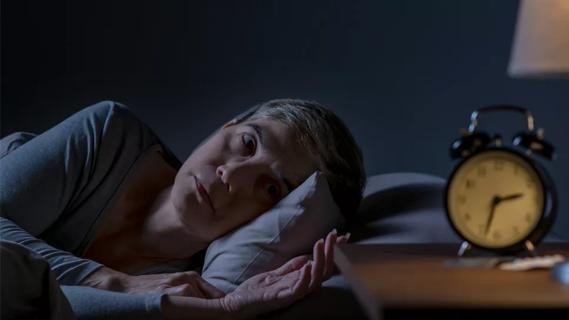
Large cohort study suggests need for routine sleep screening as part of neurological care
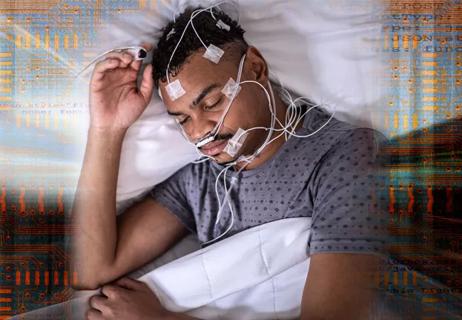
Prior-night polysomnography predicts results from mean sleep latency testing
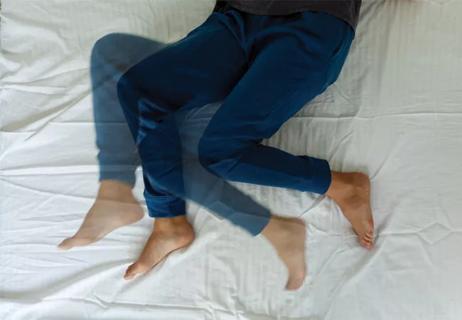
Bedroom safety, medication use and ethical dilemmas are addressed
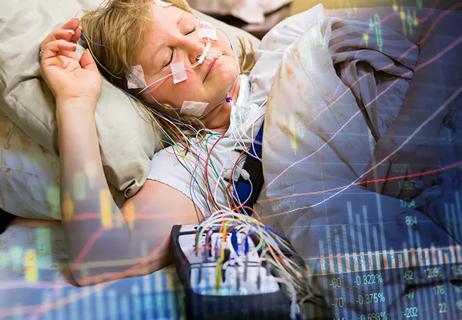
Retrospective analysis finds “hypoxic and sleepy” subtype to confer greatest risk
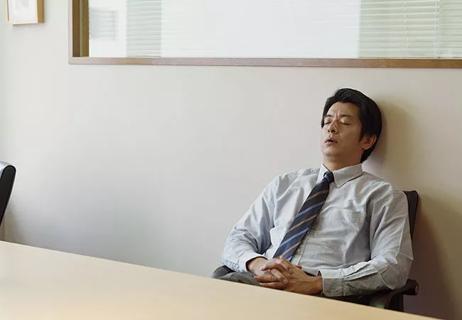
Studies of three investigational therapies test targeting of diverse mechanistic pathways
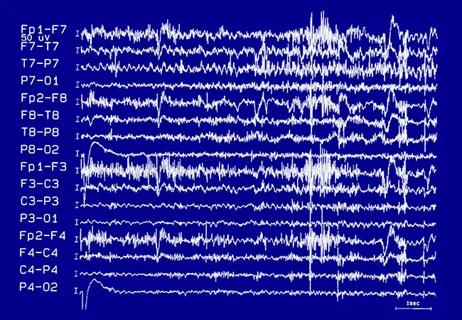
Semiology and electro-clinical correlation provide critical clues
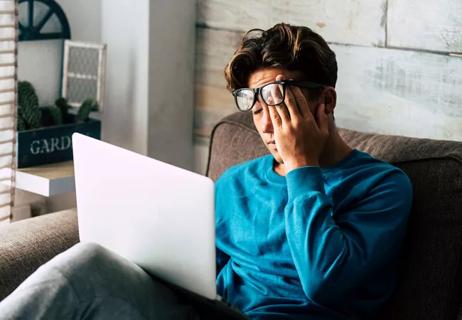
First approved drug for this overlooked condition may soon be at hand
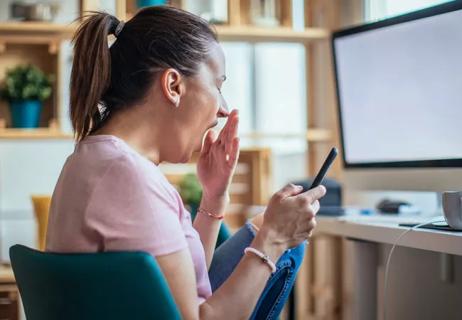
Lower-sodium product is latest advance in an active therapeutic area